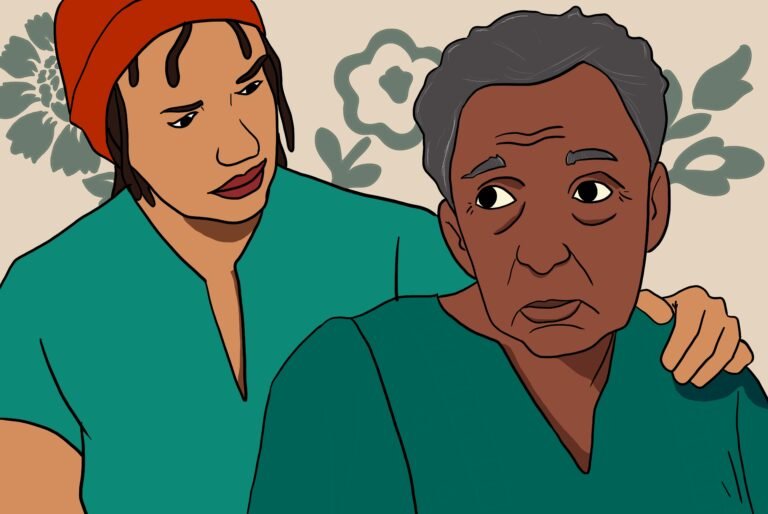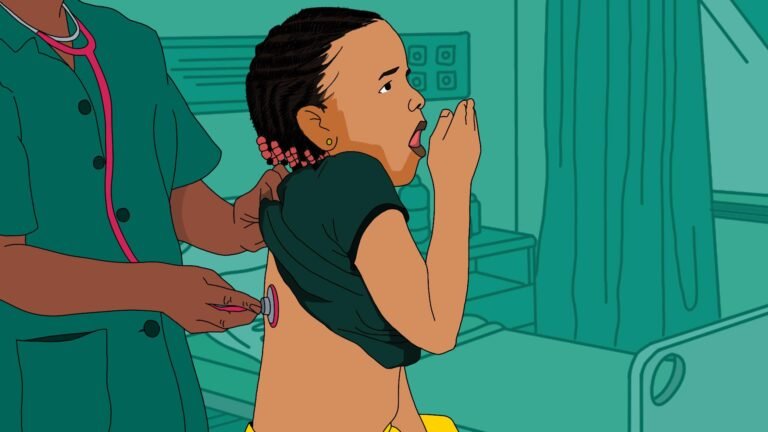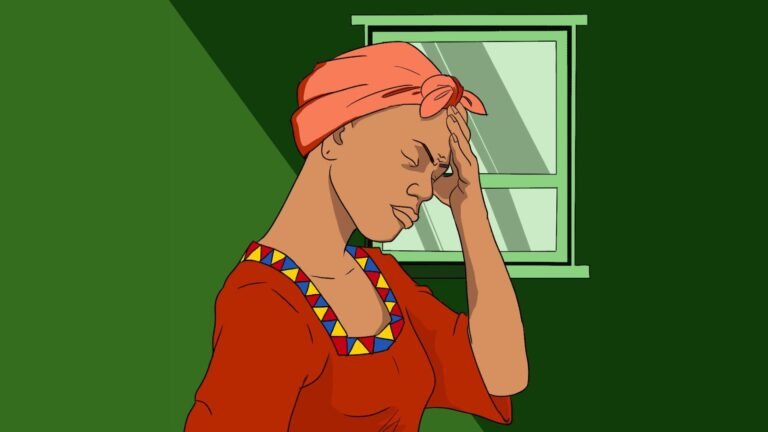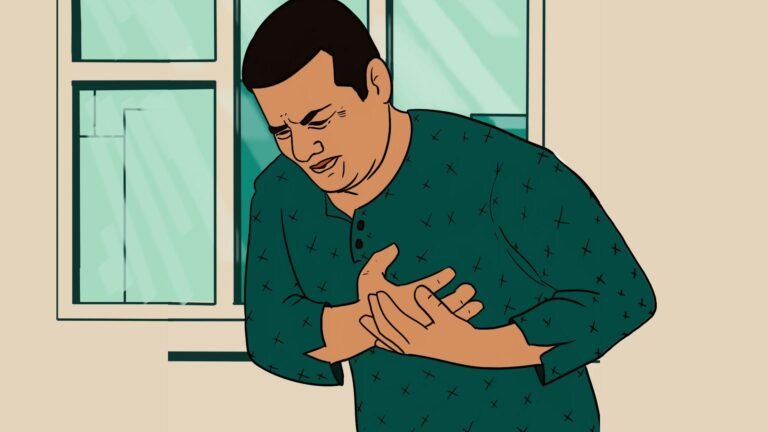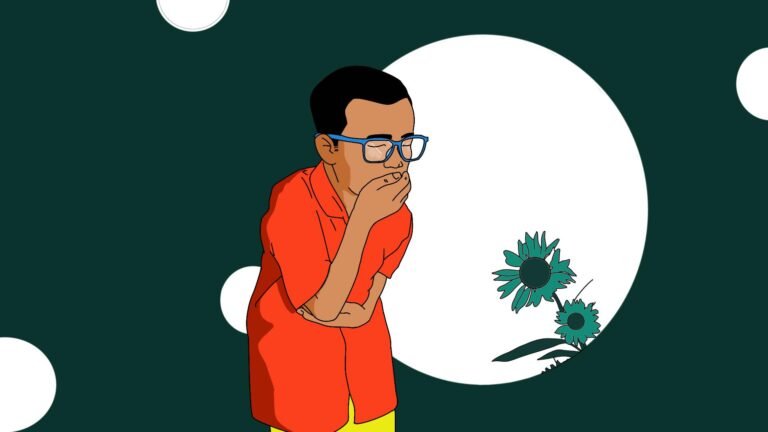
Baldness
What is baldness?
Losing a certain amount of hair daily is a typical occurrence. However, if you notice accelerated thinning or shedding, it could be a sign of balding. Hair loss tends to be a common aspect of aging for many individuals, often influenced by genetic factors. Alternatively, balding might be attributed to an underlying medical condition in some cases.
What are the stages of balding?
Balding occurs when there is excessive loss of hair from the scalp. The term “balding” typically refers to androgenetic alopecia, which encompasses male and female pattern hair loss.
The hair growth cycle comprises three main phases:
- Anagen Phase: This is the growth phase of hair on the scalp, lasting 2 to 4 years. Around 90 percent of the hair on the scalp is usually in this phase.
- Catagen Phase: Also known as the transition phase, the catagen phase involves the shrinking of hair follicles over a period of 2 to 3 weeks.
- Telogen Phase: During the resting phase, known as the telogen phase, hair sheds after 3 to 4 months. New hairs typically grow in as old ones fall out. However, when the rate of hair loss surpasses the rate of growth, it leads to the condition of balding.
What are the symptoms of balding?
As the term “balding” is primarily associated with androgenetic alopecia, common symptoms include:
- Thinning on the top of the head
- Receding hairline (observed in men)
- Widening hair part (seen in women)
What causes balding?
Balding is commonly attributed to androgenetic alopecia or hereditary hair loss. In men, it is often referred to as male pattern baldness, while in women, it is termed female pattern baldness. According to the American Hair Loss Council, this type of balding accounts for 95 percent of cases of permanent hair loss.
Rather than being a disease, it is a condition associated with:
- Genetics, indicating an inherited predisposition.
- The natural aging processes.
- Male hormones known as androgens.
Genetics plays a significant role in the predisposing factors for androgenetic alopecia, potentially impacting crucial enzymes like 5-alpha reductase, responsible for converting testosterone to dihydrotestosterone (DHT). Both hormones are classified as androgens. An increase in DHT or heightened sensitivity of the hair follicle to DHT can lead to follicle shrinkage. This, in turn, shortens the anagen phase, causing hairs to fall out earlier than normal.
Are there other causes of hair loss?
While androgenetic alopecia stands as the predominant cause of balding, various other conditions can lead to hair loss or the development of bald spots on the scalp.
These conditions present different degrees of hair loss, with some being reversible and others permanent:
- Traction alopecia: Certain hairstyles, such as tight ponytails, braids, cornrows, or extensions, exert continuous stress on the hair follicles, resulting in traction alopecia. While hair loss may be reversible in its early stages, prolonged tension can lead to permanent damage.
- Alopecia areata: This autoimmune disease prompts the body to attack its hair follicles, causing damage to the hair roots and subsequent hair loss. Regrowth may or may not occur spontaneously.
- Anagen effluvium: A toxic substance disrupts the hair follicle during the anagen phase, leading to sudden but usually reversible balding. Commonly associated with chemotherapy, it can also be triggered by radiation therapy and certain drugs.
- Telogen effluvium: Hair loss resulting from significant stress or shock typically emerges 2 to 3 months after events like surgery, physical trauma, illness, or severe weight loss. In most cases, hair regrows within 2 to 6 months.
- Tinea capitis: Also known as ringworm of the scalp, this condition occurs when fungi infect the scalp and hair shaft, causing localized scaly patches. Without early treatment, scarring may occur, leading to permanent hair loss.
Balding can also be a side effect of underlying medical conditions such as:
- Hypothyroidism
- Hyperthyroidism
- Nutritional deficiencies
- Iron deficiency anemia.
- A diet low in protein
Therefore, balding may result from a range of factors beyond androgenetic alopecia, necessitating a comprehensive assessment of potential causes.
What are some misconceptions about hair loss?
Contrary to popular belief, the following aren’t responsible for balding:
- Wearing hats
- Wearing wigs; however, the glue used for lace wigs may cause some irritation to the hair follicles.
- Frequent shampooing
- Dandruff
What are the treatment options?
Common treatments for male and female pattern baldness encompass the following options:
Medications:
- Topical Minoxidil: Available over the counter, it is a prescription medication suitable for both men and women. It typically requires at least 6 months of use to stimulate hair regrowth.
- Finasteride: Primarily used to treat hair loss in men, it often results in hair regrowth or a deceleration of balding.
- Spironolactone: Prescribed off-label for female pattern baldness, it diminishes androgen production and impedes the effects of DHT, a hormone associated with increased hair loss.
- Hormone Therapy: For women experiencing menopause, estrogen and progesterone therapy may help mitigate hair loss.
Other Options:
- Laser Therapy: Utilizes low-energy light pulses to stimulate hair follicles.
- Protein-Rich Plasma Treatment: Involves concentrating platelets from the patient’s blood, which are then injected into areas of hair loss to potentially encourage hair growth. This is considered an off-label treatment for androgenetic alopecia.
- Hair Transplant: In this procedure, existing hair is removed and reinserted into bald spots on the scalp.
- Nutrition: Increasing intake of omega-3 and omega-6 fatty acids and antioxidants may promote hair growth, particularly in women.
Can you prevent hair loss?
While genetic balding remains unavoidable, you can mitigate the risk of other forms of hair loss by adopting these strategies:
- Loosen Your Hairstyle: Avoid tight hairstyles like ponytails or braids, as they can potentially harm your hair follicles.
- Limit Heat Damage: Be cautious with styling tools such as straighteners and curling irons, as they may contribute to damage at the roots.
- Scalp Massage: Recent research suggests that regular scalp massages might aid in promoting hair growth. However, it is crucial not to overdo it, as constant rubbing and stress on follicles could lead to damage.
- Maintain a Healthy Diet: Ensure your diet is well-rounded with various nutrients, as a deficiency may contribute to hair loss.
- Quit Smoking: Some older studies suggest a correlation between smoking and hair loss, making it advisable to quit smoking.
- Cooling Cap: If undergoing chemotherapy, consider using a cooling cap to potentially reduce hair loss after treatment.
- Medication Review: If your current medication is linked to balding, consult your doctor about possible alternative medications.

